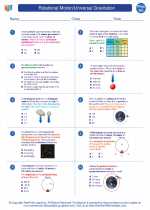What are Thrombocytes?
Thrombocytes, or platelets, are small irregularly shaped anuclear cells that are derived from the fragmentation of precursor cells called megakaryocytes in the bone marrow.
Function of Thrombocytes
Thrombocytes primarily function in the clotting process. When a blood vessel is damaged, thrombocytes adhere to the site of injury and become activated. They then release chemical signals to attract more platelets and promote the formation of a blood clot to stop the bleeding.
Structure of Thrombocytes
Thrombocytes are disk-shaped cell fragments with a diameter of 2-3 µm. They contain small amounts of cytoplasm and numerous granules that store various substances involved in the clotting process.
Production of Thrombocytes
Thrombopoiesis is the process by which megakaryocytes in the bone marrow produce thrombocytes. These megakaryocytes undergo a complex process of differentiation and maturation, eventually giving rise to numerous thrombocytes through a process called cytoplasmic fragmentation.
Life Cycle of Thrombocytes
The average lifespan of a thrombocyte in the bloodstream is around 8-9 days. After this period, they are removed from circulation by macrophages in the spleen and liver.
Disorders Related to Thrombocytes
Abnormalities in thrombocyte function or count can lead to bleeding disorders (e.g., thrombocytopenia) or clotting disorders (e.g., thrombocythemia). These conditions can have serious implications for overall health and may require medical intervention.
.◂Physics Worksheets and Study Guides High School. Rotational Motion/Universal Gravitation

 Worksheet/Answer key
Worksheet/Answer key
 Worksheet/Answer key
Worksheet/Answer key
